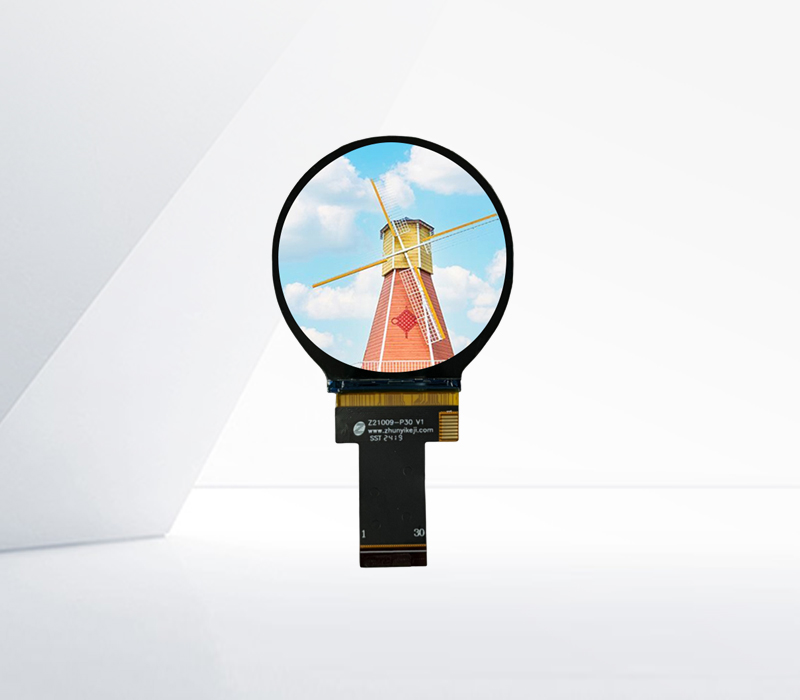




The In - Plane Switching (IPS) liquid crystal display has emerged as a prominent technology in the realm of visual display, revolutionizing the user experience with its superior performance characteristics. IPS technology fundamentally addresses the limitations of traditional twisted - nematic (TN) LCDs, particularly in terms of viewing angles and color accuracy.
At the core of an IPS LCD lies its unique liquid crystal arrangement. Unlike TN panels where liquid crystals twist to control light passage, IPS panels feature liquid crystals that are aligned in a plane parallel to the glass substrates. When an electric field is applied, these liquid crystals rotate within the plane, allowing light to pass through the polarizers and reach the backlight. This configuration enables consistent light transmission across a wide range of viewing angles, typically up to 178 degrees horizontally and vertically. As a result, IPS displays offer virtually no color shift or contrast degradation, even when viewed from extreme angles. This makes them ideal for collaborative work environments, multi - player gaming setups, and family entertainment, where multiple viewers need to see accurate visuals simultaneously.
Color accuracy is another defining feature of IPS LCDs. The precise control over liquid crystal orientation ensures uniform light modulation, resulting in vibrant and true - to - life colors. Professional photographers, graphic designers, and video editors rely on IPS displays to accurately represent their work, as the technology can reproduce a wide color gamut, often covering 99% or more of the sRGB color space. Some high - end IPS panels even support advanced color standards like Adobe RGB, enabling the display of complex color gradients and fine details in digital media.
In terms of response time, modern IPS displays have made significant strides. Although traditionally slower than TN panels, recent advancements in overdrive technology have reduced the response time to as low as 1ms - 5ms, minimizing motion blur during fast - paced content such as action movies or competitive gaming. Additionally, IPS panels tend to have better black levels and contrast ratios compared to older LCD technologies, thanks to their optimized liquid crystal alignment and polarizer design. However, IPS displays typically consume more power due to their complex structure and require more precise manufacturing processes, which can affect device battery life and production costs.
